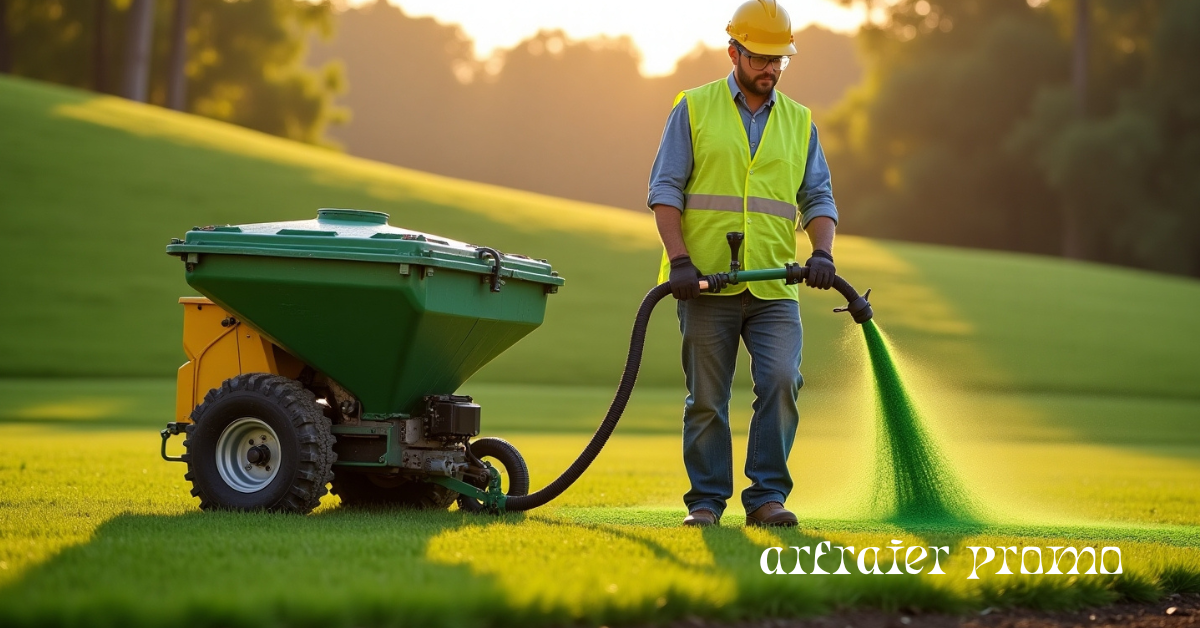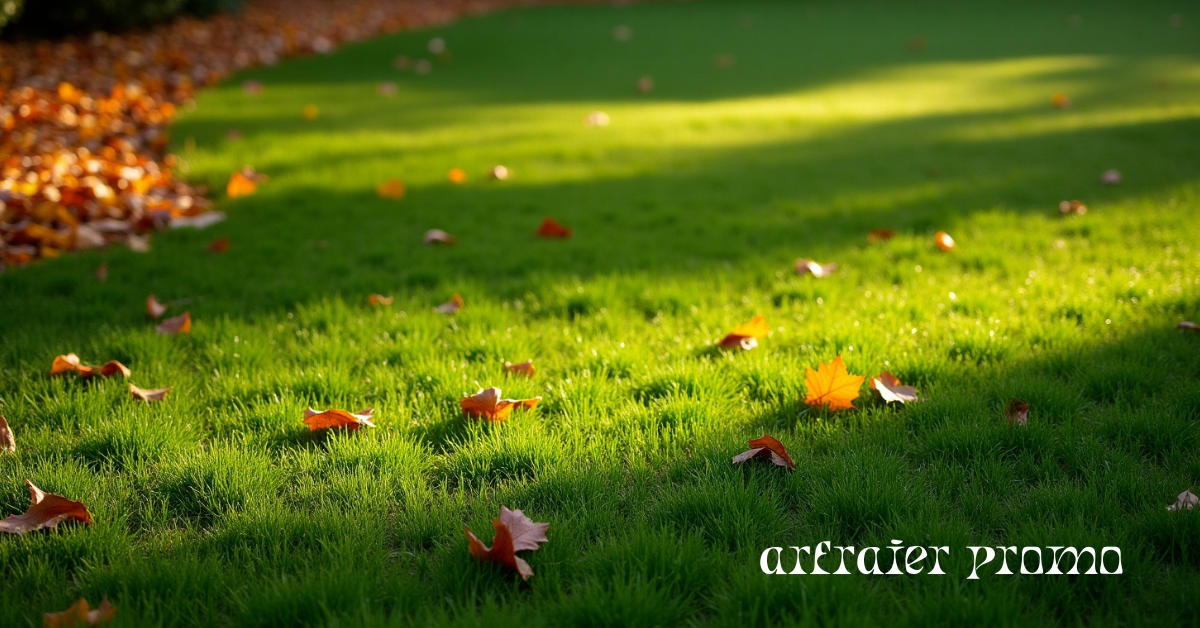Ladybugs are some of the most beloved insects in the world. With their bright red shells and black spots, they are easy to recognize and often considered symbols of good luck. But beyond their charming appearance, ladybugs play an important role in nature and gardening. One of the most common questions kids, gardeners, and nature lovers ask is: What do ladybugs eat?
This easy guide will explain what ladybugs eat, what they don’t eat, and why their diet matters for both kids learning about insects and gardeners looking to protect their plants.
What Do Ladybugs Eat?
Ladybugs are not just pretty insects — they are also hard-working predators. Their diet depends on their species, life stage, and the season. Most commonly, ladybugs eat small, soft-bodied insects like aphids. These pests suck the sap from plants and damage crops, which makes ladybugs a natural form of pest control.
According to the U.S. National Park Service, many species primarily feed on aphids, mites, and scale insects, but they may also supplement their diet with pollen and nectar when prey is scarce.
However, not all ladybugs are strictly insect-eaters. Some also feed on pollen, nectar, and even fungi when insect prey is not available. This flexibility helps them survive throughout the year.
Do Ladybugs Eat Aphids?
Aphids are the favorite meal of most ladybug species. These tiny green, black, or yellow bugs gather on the stems and leaves of plants, sucking out nutrients and weakening them.
A single ladybug can eat up to 50 aphids in a single day, and over its lifetime, thousands more. This is why gardeners often consider ladybugs “garden superheroes.” By eating aphids, they protect roses, vegetables, fruit trees, and many other plants from infestations.
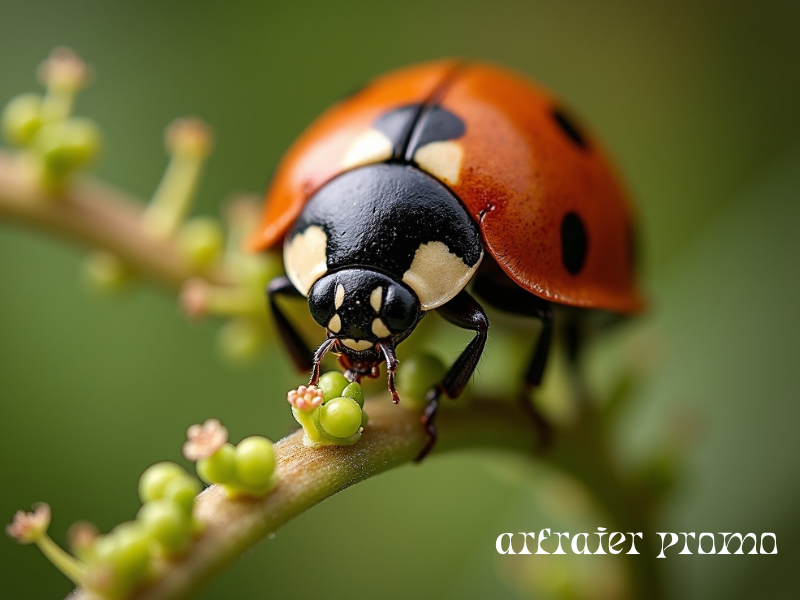
For kids, you can think of aphids as the “fast food” of ladybugs — always available and tasty to them!
Other Insects Ladybugs Eat
Ladybugs don’t stop at aphids. Their menu includes:
- Whiteflies – small insects that live on the underside of leaves.
- Mites – tiny pests that suck plant juices.
- Scale insects – small, oval insects that stick to stems and branches.
Each of these pests can damage plants, and ladybugs act like natural cleaners, reducing their populations.
Do Ladybugs Eat Plants and Pollen?
While many ladybugs are carnivores, some species also enjoy plant-based foods. They may eat:
- Pollen – which provides protein and energy.
- Nectar – a source of sugar for energy.
- Fungi – certain species consume mildew or fungal growth.
This behavior usually happens when insect prey is scarce. For gardeners, this is good news because ladybugs can survive even when pests are not around, staying ready for the next outbreak.
What Do Baby Ladybugs (Larvae) Eat?
Baby ladybugs, also known as larvae, look nothing like the adult beetles we recognize. They are long, black, and spiky, resembling tiny alligators. Despite their appearance, they are just as helpful.
Ladybug larvae are even hungrier than adults. They eat large numbers of aphids and other pests during their short growing period. This makes them essential in controlling pest populations right from birth.
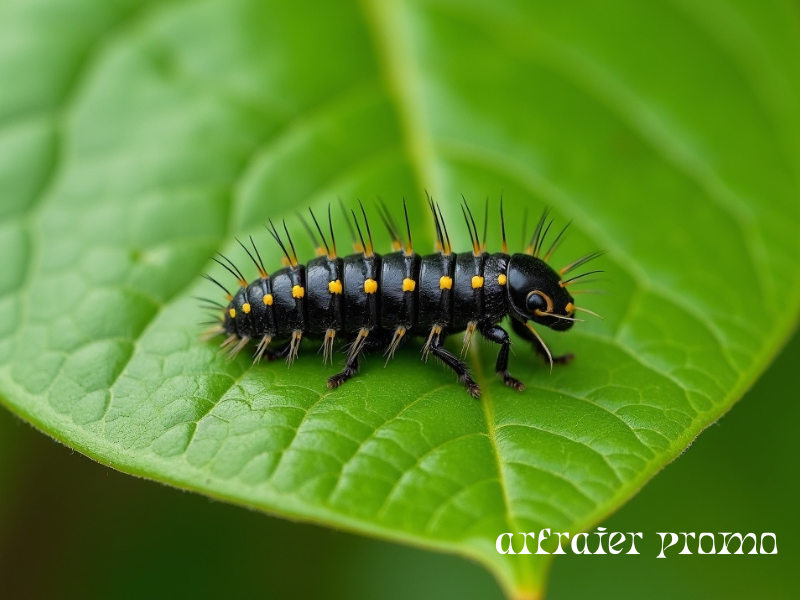
What Do Ladybugs Eat in Different Seasons?
Just like people change their meals depending on the weather, ladybugs also adjust what they eat as the seasons change. Their diet isn’t the same all year round because food sources in nature are different in spring, summer, fall, and winter.
Spring and Summer
These are the busiest times for ladybugs. Plants are growing, and pests like aphids and mites are everywhere. During these months, ladybugs feast mainly on insects. They can easily find plenty of prey on rose bushes, vegetable plants, and fruit trees.
Fall
As the weather cools, insect populations start to shrink. Ladybugs may turn to other food sources like pollen and nectar from late-blooming flowers. This gives them energy to prepare for winter.
Winter
Most ladybugs go into hibernation during the cold months. They cluster together in safe spots like under leaves, inside logs, or even in houses. During hibernation, they don’t eat much at all. If food is needed, they rely on stored body fat or may nibble on pollen and fungi if available.
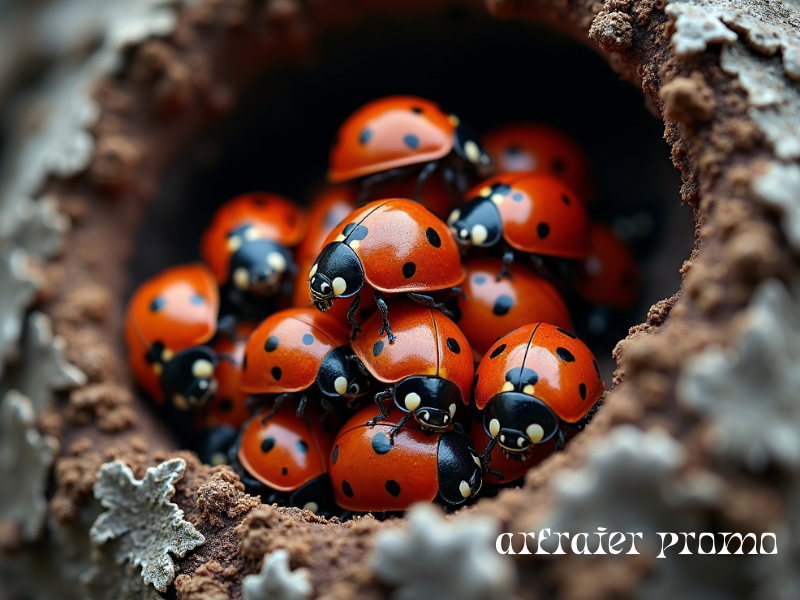
For gardeners, this seasonal cycle is important to understand. In warm months, ladybugs act as natural pest control by eating harmful insects. In colder months, they mostly rest and wait for spring to return so they can start helping the garden again.
What Ladybugs Eat vs. What They Do Not Eat
For clarity, here is a simple comparison:
| What Ladybugs Eat | What Ladybugs Do Not Eat |
|---|---|
| Aphids | Grass |
| Whiteflies | Ants |
| Mites | Human food scraps |
| Scale insects | Wood |
| Pollen & nectar | Fabric |
| Some fungi | Plastic or household items |
This table shows that ladybugs are garden helpers, not indoor pests. They don’t chew on your clothes, eat your grass, or snack on human food. Instead, they stick to what helps them survive and what helps plants thrive.
Why Gardeners Love Ladybugs
Gardeners welcome ladybugs because they:
- Act as natural pest control, reducing the need for chemical sprays.
- Protect a wide range of plants, from flowers to vegetables.
- Help maintain a balanced ecosystem in gardens.
In fact, many garden centers sell ladybugs that can be released in gardens to control pests naturally.
Fun Facts for Kids About Ladybugs’ Diet
- A ladybug can eat up to 5,000 aphids in its lifetime.
- Baby ladybugs eat even more pests than adults.
- Some ladybugs are yellow, orange, or even black — and they all eat similar foods.
- Ladybugs don’t bite humans or eat our food, which makes them completely safe to observe.
These facts make ladybugs easy to understand and exciting for kids who are learning about nature.
Conclusion
Ladybugs are more than just colorful insects. They are essential helpers in gardens and farms, eating aphids, whiteflies, mites, and scale insects. They also occasionally eat pollen, nectar, and fungi to survive when prey is scarce. Importantly, ladybugs do not eat grass, ants, or human food, which makes them safe and beneficial to have around.
For kids, ladybugs are fun insects to learn about. For gardeners, they are natural pest controllers that reduce the need for harmful chemicals. Whether indoors or outdoors, ladybugs play a small but mighty role in keeping nature balanced. With their simple yet powerful diet, ladybugs are proof that small creatures can make a big difference.
Frequently Asked Questions (FAQs)
1. Do ladybugs bite humans?
No, ladybugs do not bite humans. They are harmless and safe to handle.
2. Do ladybugs eat mosquitoes?
No, ladybugs usually do not eat mosquitoes. Their diet focuses on plant pests like aphids and mites.
3. What do ladybugs drink?
Ladybugs drink water, usually from dew drops, plant moisture, or small puddles.
4. Can you feed ladybugs at home?
Yes, if you keep a ladybug indoors temporarily, you can feed it aphids or small amounts of honey mixed with water.
5. Can a ladybug survive indoors?
Not for long. Ladybugs need natural food sources like aphids, which are not found indoors.
6. How long do ladybugs live?
On average, ladybugs live about one year, but some may survive up to two years in the right conditions.





